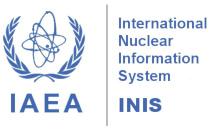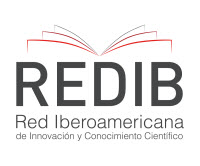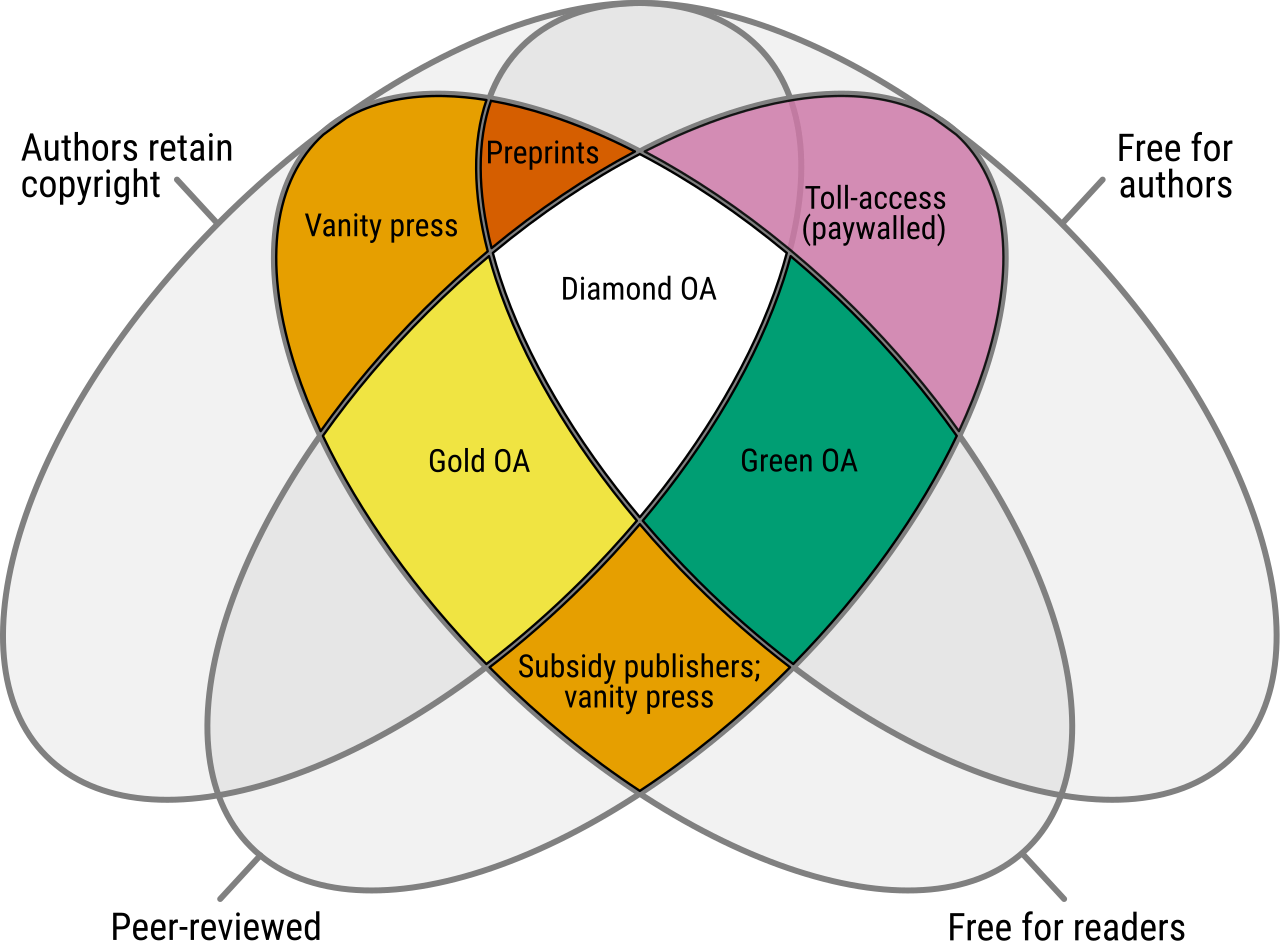IPR-R1 Triga Reactor aging management approach
DOI:
https://doi.org/10.15392/2319-0612.2024.2670Palabras clave:
Aging Management, Triga, Research reactorResumen
A global nuclear safety regime is in place and is being continuously improved. In this context, the aging management of research reactors is one of the requirements for licensing by the regulatory body. The IPR-R1 Triga reactor, located at the for Nuclear Technology Development Center (CDTN), is a nuclear reactor used primarily to research support. It has been in operation for over 60 years and its activities are expected to continue. Thus, the aging management of components, structures and systems is one of the safety factors included in the Periodic Safety Report and encompasses several programs and activities, following the Specific Safety Guide SSG-10 (Aging Management for Research Reactors) of the International Atomic Energy Agency (IAEA). These programs are broad and transversal, serving as input for critical analysis of the Aging Management Plan (AMP), aimed at its continuous improvement. This paper aims to systematically present information related to the AMP of the CDTN IPR-R1 Triga reactor, such as visual inspection, reactor pool water quality control, maintenance, obsolescence control, investigation of operational parameters and all necessary controls to ensure that the safety margins required in the reactor design are maintained throughout its useful life.
Descargas
Referencias
[1] CENTRO DE DESENVOLVIMENTO DA TECNOLOGIA NUCLEAR (CDTN), Relatório Final da Análise de Segurança do Reator Triga IPR-R1. Belo Horizonte, Brasil, 2022.
[2] MESQUITA, A.Z.; PALMA, D.A.P; ALMEIDA, V. F. Experimental study of temperature distribution and development of a power monitoring channel for the IPR-R1 TRIGA® research nuclear reactor. Nuclear Engineering and Design, v. 417, p. 112869, 2024. DOI: 10.1016/j.nucengdes.2023.112869. DOI: https://doi.org/10.1016/j.nucengdes.2023.112869
[3] INTERNATIONAL ATOMIC ENERGY AGENCY (IAEA). Ageing Management for Research Reactors. Safety Standards Series, N. SSG-10, PUB 1447, Specific Safety Guide. Vienna, Austria, 2010.
[4] CRUZ, J. R. B, ROCHA, Z.; MESQUITA, A.Z.; OLIVEIRA, P.F.; RODRIGUES, R.R. Programa de Gestão de Envelhecimento para o Reator Triga IPR-R1. In: XIII ENCONTRO NACIONAL DE FÍSICA DE REATORES E TERMOHIDRÁULICA (XIII ENFIR), Rio de Janeiro, Brasil. Associação Brasileira de Energia Nuclear, 2002.
[5] MESQUITA, A. Z.; CAMARANO, D. M.; VILELA, J.J.; GROSSI, P. A., Plano de Gestão do Envelhecimento para o Reator Triga IPR-R1 do CDTN. No: PGE/IPR-R1/SEURT/CDTN Centro de Desenvolvimento da Tecnologia Nuclear, Belo Horizonte, Brasil, 2023.
[6] PERROTA, J. A.; SILVA, A. T. Inspeção Visual dos Combustíveis do Reator IPR-R1 do CDTN, Relatório Técnico PSE.CENC.CDTN.001.00. Instituto de Pesquisas Energéticas e Nucleares, São Paulo, Brasil, 2000.
[7] ALENCAR, D. A. et. al. Using Visual Inspection NDT to Check Integrity of Triga Mark I Fuel Rods. In: PROCEEDINGS OF 3nd WORLD TRIGA USERS CONFERENCE 2006, Belo Horizonte, Brazil, 2006.
[8] MARQUES, J.G.O.; MESQUITA, A.Z.; COSTA, A.L.; PEREIRA, C. Methodology for Management and Physicochemical Control of the Cooling Water of the IPR-R1 Triga Nuclear Research Reactor. Brazilian Journal of Radiation Sciences - BJRS., v,10, n.3, p. 1-11, 2022. DOI: 10.15392/2319-0612.2022.1857. DOI: https://doi.org/10.15392/2319-0612.2022.1857
[9] LEAL, A.S.; MARQUES, J.G.O, MESQUITA, A.Z.; CAMPOLINA, D. de A.M.; CAMARANO, D. M., VILELA, J.J. Water Quality Management Program for IPR-R1 TRIGA® Research Reactor. Brazilian Journal of Radiation Sciences - BJRS, v.11, n.4, p. 1-16, 2023. DOI: 10.15392/2319-0612.2023.2389. DOI: https://doi.org/10.15392/2319-0612.2023.2389
[10] MESQUITA, A. Z.; COSTA, A. C. L.; SOUZA, R. M. G. P. Modernisation of the CDTN IPR-R1 TRIGA® Reactor Instrumentation and Control. International Journal of Nuclear Energy, Science and Technology (Print), v. 6, p. 153-165, 2011. DOI: 10.1504/IJNEST.2011.041649. DOI: https://doi.org/10.1504/IJNEST.2011.041649
Descargas
Publicado
Número
Sección
Categorías
Licencia
Derechos de autor 2025 Denise das Mercês Camarano, Emanuelle Costa e Silva, Jefferson José Vilela, Amir Zacarias Mesquita

Esta obra está bajo una licencia internacional Creative Commons Atribución 4.0.
Licencia: los artículos de BJRS tienen una licencia internacional Creative Commons Attribution 4.0, que permite el uso, el intercambio, la adaptación, la distribución y la reproducción en cualquier medio o formato, siempre que se otorgue el crédito correspondiente al autor o autores originales y a la fuente, proporcione un enlace a la licencia Creative Commons e indique si se realizaron cambios. Las imágenes u otros materiales de terceros en el artículo están incluidos en la licencia Creative Commons del artículo, a menos que se indique lo contrario en una línea de crédito al material. Si el material no está incluido en la licencia Creative Commons del artículo y su uso previsto no está permitido por la regulación legal o excede el uso permitido, el autor deberá obtener el permiso directamente del titular de los derechos de autor. Para ver una copia de esta licencia, visite http://creativecommons.org/licenses/by/4.0/






















